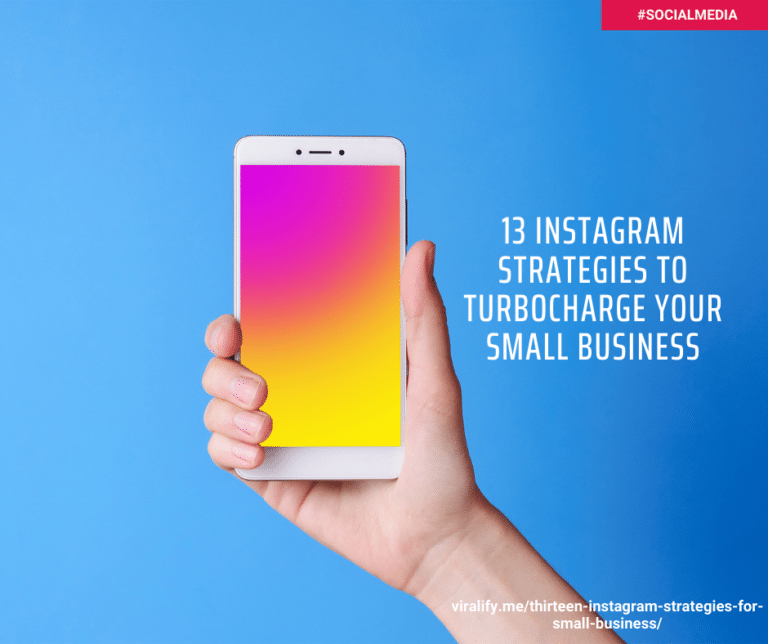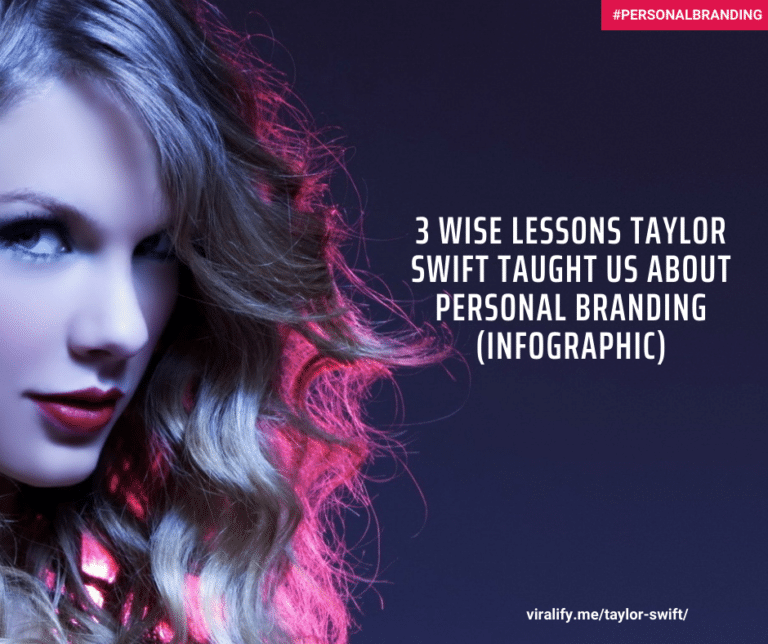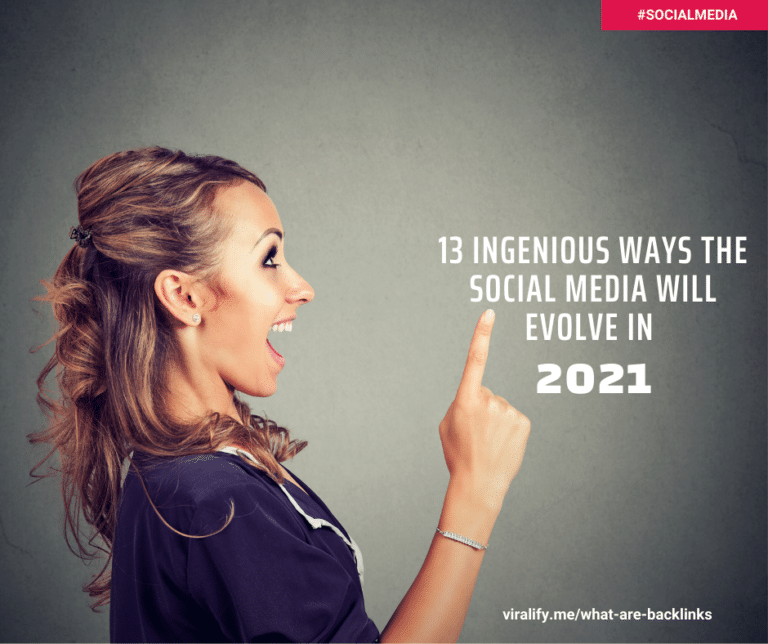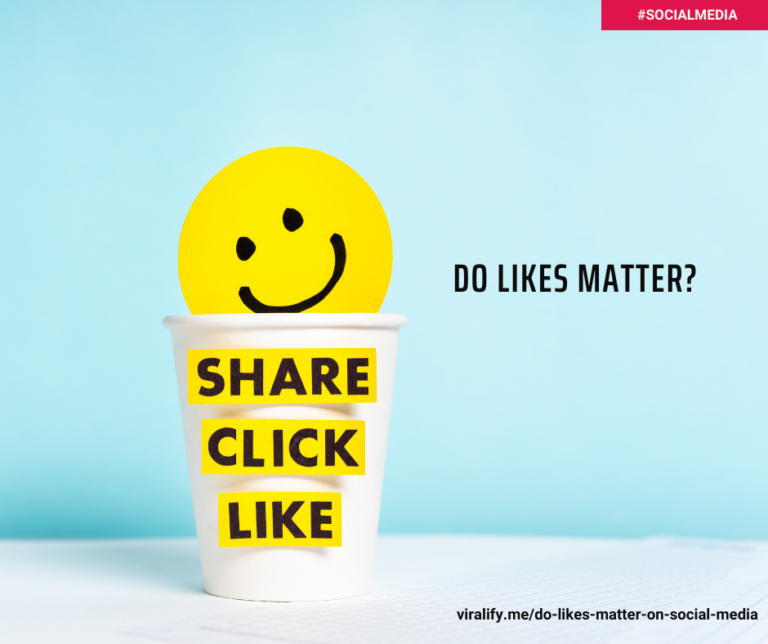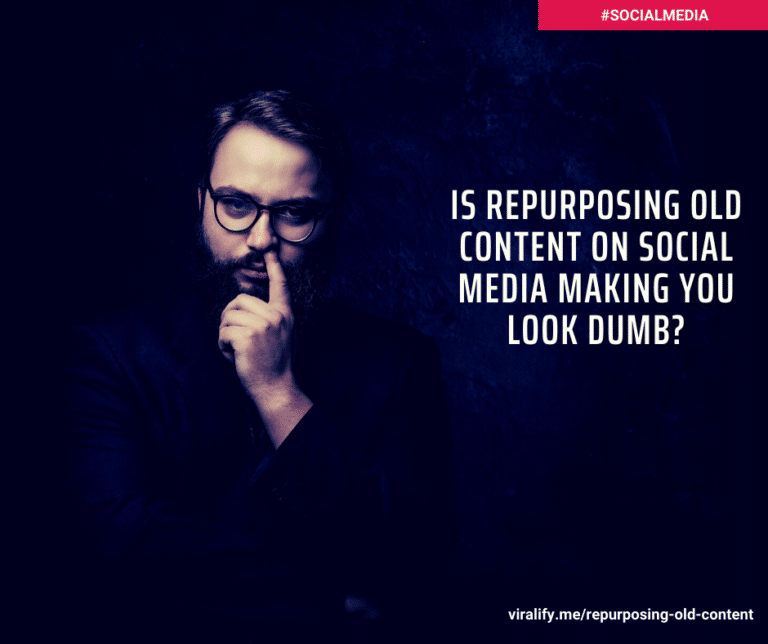What’s the best branding strategy for your company?
The answer is;it depends.The latest thinking in the field of branding (which first began to emerge as a true field of study back in the early ’50s) identifies five branding strategies that reign supreme in today’s corporate world. Although each strategy can be successfully employed by companies offering very different products and services, they all seem to work best within fairly narrow parameters that pertain to the industry, product or service and market being served.
Choosing the best strategy for your company, then, depends on matching the parameters of your product/service and market to the appropriate model.
1. Mind-Share Branding.
Success in this category requires owning and consistently expressing a set of abstract associations that customers relate to the product or service. However, the perceived benefits of buying and using the products (i.e., consistently low price, great selection) are very real to the customers. As the company consistently expresses the “brand DNA” through each and every transaction, it becomes firmly entrenched in the customer’s mind as the only choice in this product category.
Consider Reading
https://viralify.me2018/03/12/four-epic-ways-to-create-a-successful-brand-name/
Interestingly, mind-share branding works equally well at opposite ends of the product spectrum. Functional and low-involvement product categories (such as Tide, Southwest Airlines and Wal*Mart) and complicated, high-involvement product categories (such as Dell computers) can both prosper under a mind-share brand strategy. At each end, however, the goal — and primary benefit — is to simplify the buying decision for the customer.
2. Cultural Branding.
Cultural branding is probably the most American of all branding strategies in that it uses cultural icons and “brand religion” to establish and sustain a brand myth with which individual consumers can passionately identify. The focus is not so much on the product or service as it is on the relationship between the cultural icon and the product and the brand myth that the consumer buys into. The most successful brand myths address acute contradictions in society that touch people at a very deep level.
Culturally branded companies run the gamut from home décor, fashion and automobiles to food/beverages, entertainment/leisure and social movements. What kind of person responds to cultural branding? It’s the meek, mild-mannered accountant who buys the Harley Davidson hog in order to unleash his “inner self” on weekends. It’s the budding playground hoopster who just knows that he will never reach the NBA unless he wears Nike Air Jordans. It’s the thirsty consumer reaching for an ice-cold Coca Cola because “it’s the real thing.”
3. Emotional Branding.
Want your customers to consider you a friend rather than just some faceless entity they buy from? Then aim for the emotional branding strategy. Here, the goal is to build deep interpersonal connections with each individual who interacts with the brand, so that you end up with a relationship partner rather than a customer.
Consider Reading
Emotional brands have real personality. They are often expressed through a character or persona (Mickey Mouse, Ronald McDonald) that appeals to people of all ages. Emotional brands work best with services, retailers and specialty goods — such as Disney and Starbucks — where the company can tap into powerful emotions and create compelling experiences that evoke strong loyalty to the brand.
Emotional branding is a term used within marketing communication that refers to the practice of building brands that appeal directly to a consumer’s emotional state, needs and aspirations.
4. Viral Branding.
Thanks to plenty of media buzz, viral branding has rocketed to the top of the charts as the latest brand strategy of choice. However, the fact that the media has embraced it does not mean that all companies should. As the name implies, viral branding works by spreading the word through “brand viruses” such as influential spokespeople, early adopter customers and other forms of grass-roots marketing. Accordingly, it achieves the best results with new fashions, new technologies and premium and super-premium brands that eschew mainstream markets.
Viral branding appeals to people who see themselves as cool, hip and fashionable. It attracts those who get a charge from “discovering” a new brand and leading the vanguard of early brand advocates. Who stands out in the viral branding category? Google, Hotmail, Absolut Vodka and Vonage are names that immediately come to mind.
5. Sensory Branding.
Singapore Airlines and Kellogg’s Cornflakes in the same branding category? Hard to believe, but true. Sensory branding takes the focus off the product or service itself and puts it squarely on the sensory experience it creates for the consumer. Hence, this category includes a broad and a diverse range of products and services, from fashion, cosmetics and high-end retail to automotive and travel/hospitality.
Consider Reading
Sensory branding goes beyond the ordinary to create a full connection with one’s environment through the senses. We’re talking full-on sensory engagement here! Not just with the over-stimulated senses of sight and sound, but also connecting with touch, taste, and smell. In some categories, the buying experience (how, when and where the product is purchased) helps to create the brand. Here the brand doesn’t really begin until customers actually use the product or service. The end result is an experience so full, rich and satisfying that customers refuse to consider any other brand.
Choosing Your Branding Strategy
All strong brands can usually be linked to a clear focus on one of these models. However, while it’s usually best to focus your branding efforts on one model, aspects of the other models can be used to strengthen a brand.
For example, the mind-share model of branding tends to rely on the sight and sound senses. But it’s fairly easy to add a distinctive touch or smell from the sensory model to strengthen the brand.Regardless of which strategy you choose, building a strong brand depends upon applying the appropriate model to your product category, the unique circumstances of your customers and your market.



